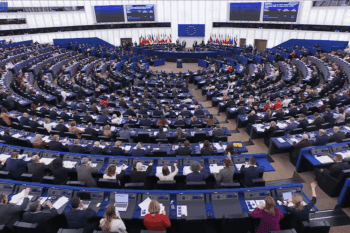Reptile species found only on islands are significantly more vulnerable to extinction than their mainland counterparts, yet remain vastly overlooked by researchers, according to a recent study.
“Reptiles, partly due to their ability to endure long periods without food or water, are particularly effective island colonizers,” Ricardo Rocha, study co-author and an associate professor at the University of Oxford, U.K., told Mongabay by email. “Across the globe, they have co-evolved with a wide range of island taxa and play a crucial role in maintaining island ecosystem dynamics. Yet, despite this importance, they are often overlooked in favour of more groups perceived as more charismatic such as birds or mammals.”
The researchers reviewed published scientific research on nearly 12,000 known species of reptiles recognized as of May 2021, and found that 2,543 species, or 21%, are confined to islands.
About 30% of these island-restricted species are currently threatened with extinction, the study found, compared to 12% of mainland reptile species.
Yet despite their much higher extinction risk, island species were the focus of just 6.7% of the published research from 1960-2021. The review also found that nearly half of the island-restricted species, have no published research targeting them at all.
“The current research levels are insufficient to meet the needs of defining informed conservation strategies for a large number of threatened species,” Sara Nunes, study lead author from the University of Porto, Portugal, told Mongabay by email.
What research does exist on island-restricted reptiles tends to focus on large, more widespread species, while smaller, more recently described and high-altitude species remain largely unstudied, the review found.
“This can lead to species being overlooked, especially species in locations more difficult to access, smaller animals that can be more difficult to sample, and therefore less studied,” Rocha said.
Certain “unusual or striking traits” grab more research attention, he added. For example, venomous reptiles are more frequently studied because they’re relevant to human health, Rocha said. The Okinawa habu (Protobothrops flavoviridis), a species of pit viper found only in the Ryukyu Islands of Japan, was the most studied island-restricted reptile, the review found.
Similarly, evolutionarily unique species attract more research. For instance, the tuatara (Sphenodon punctatus), which diverged from lizards and snakes about 250 million years ago and is only found in New Zealand, was the second most studied island-restricted reptile, the review found.
“The risk is that species perceived as less appealing are less likely to be studied and this might have severe conservation implications,” Rocha said.
He added in a statement that focusing scientific and conservation efforts on islands and their unique reptile species “is essential to prevent irreversible losses.”
“Imagine visiting Komodo Island and not seeing its dragons,” he said. “It just wouldn’t be the same, would it?”
Banner image: O’Shaughnessy’s chameleon (Calumma oshaughnessyi), restricted to Madagascar. Image courtesy of Ricardo Rocha.





